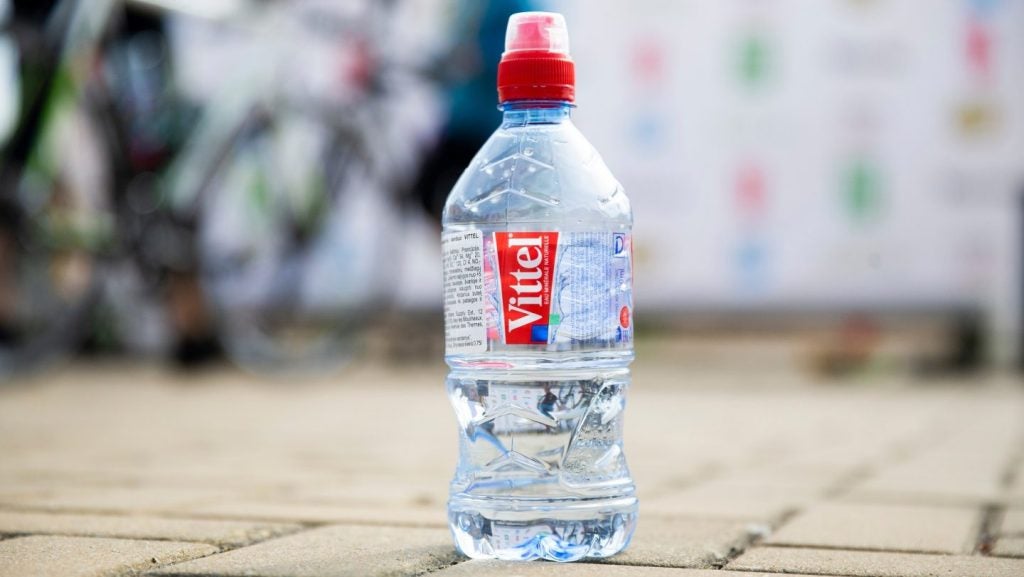Plastic containers, which already account for around half of all beer and soft drinks packed in Western Europe, look set to consolidate their position over the next five years, according to a report out last week.
The data from beverage industry analyst Canadean, suggests plastic will continue to outperform its rivals, with the volume of litres packed estimated to grow by almost 20% between 2003 and 2007.
Much of the forecasted growth in plastic is expected to come from non-refillable PET, which accounts for over 84% of the total for the material, having been fuelled by the packaged water revolution. Glass is by far the most popular material in terms of units produced. Despite a sharp decline in refillable packs, unit production of glass packed beverages is still some 44% higher than second placed plastic. However, in contrast to glass, plastic is very much in the ascendancy, increasing both its volume and share of the total market.
Carbonates going flat in cans but beer bubbling away
Metal is the third most widely used material, in terms of litres and units. Metal beverage packaging is dominated by 2-piece cans with over 98% of the market – a share that looks like increasing further. The two main beverage categories to be packed in metal are carbonated soft drinks and beer. Carbonates in cans will decline with single-serve packs losing ground to plastic. Beer continues to rise strongly and should displace carbonates as the leading consumer of metal containers in 2006.
Laminates (short/long-life cartons, pouches and bag-in-box) are the least used but are expected to grow at the second fastest rate. The strongest sectors for laminates are found in the soft drinks market with juice and nectars and still drinks in particular presenting the greatest opportunities for growth. Furthermore, the comparatively minor short-life soft drinks should expand more quickly than their long-life equivalents.
All sizes of PET to continue growing
Single-serve packs account for over 70% of all beverage volume by units and just over 40% of volume by litres. The pack size band earmarked to advance most rapidly is single-serve packs up to 25CL. However, the versatility of PET as a material is underlined by the fact that strong increases are forecasted across every size of packaging analysed.
How well do you really know your competitors?
Access the most comprehensive Company Profiles on the market, powered by GlobalData. Save hours of research. Gain competitive edge.

Thank you!
Your download email will arrive shortly
Not ready to buy yet? Download a free sample
We are confident about the unique quality of our Company Profiles. However, we want you to make the most beneficial decision for your business, so we offer a free sample that you can download by submitting the below form
By GlobalData
Over the next five years, beverage packaging will be supported by the continued prosperity of the most dynamic soft drinks sectors. Overall, litres volume and units volume are predicted to rise by 9% and 5% respectively.




